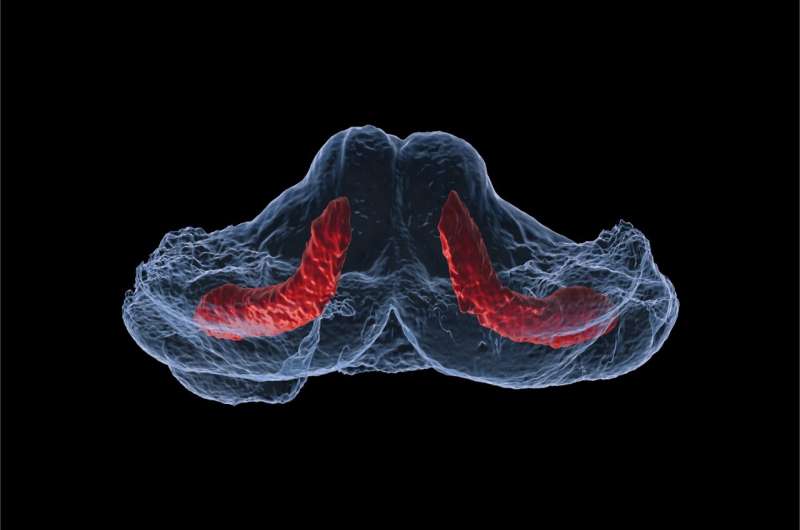
Ciliopathies are genetic disorders caused by defects in the structure and function of cilia, microtubule-based organelles present on the surface of almost every cell in the human body, which play crucial roles in cell signaling. Ciliopathies present a wide range of often severe clinical symptoms, frequently affecting the head and face and leading to conditions such as cleft palate and micrognathia (an underdeveloped lower jaw that can impair feeding and breathing). While we understand many of the genetic causes of human ciliopathies, they are only half the story: the question remains as to why, at a cellular level, defective cilia cause developmental craniofacial abnormalities. Researchers have now discovered that ciliopathic micrognathia in an animal model results from abnormal skeletal differentiation and remodeling. The work from Christian Bonatto Paese, Evan Brooks and others from Samantha Brugmann’s lab at the Cincinnati Children’s Hospital Medical Center in the U.S. is published in the journal Development.
The researchers used the avian ta2 mutant as a model for Oral-Facial-Digital syndrome subtype 14 (OFD14), a rare human ciliopathy characterised by micrognathia. They observed defective formation of the jaw bone (mandible) at early stages of development in ta2 mutants. These defects correlated with unchecked progression through the cell cycle and over-proliferation in skeletal progenitor cells. Importantly, these progenitor cells failed to differentiate into mature osteoblasts (the cells that secrete bone), and this failure of differentiation subsequently led to a reduction in bone deposition and hence micrognathia. The researchers also identified excessive bone resorption, a process which normally contributes to final size and shape of the mandible, as an additional causative factor in the ta2 micrognathia. This work informs our understanding of the etiology of human ciliopathic micrognathia.
“We have identified distinct cellular processes that are impaired during the onset of ciliopathic micrognathia,” says Samantha Brugmann. “We know from previous work that these processes are responsive to treatment with pharmacological agents, and we are currently testing a number of these agents to determine if ‘rescuing’ ciliopathic micrognathia is possible. The therapeutic implications are exceptionally real.”
“We are also currently trying to uncover how various organ systems respond to loss of cilia and which molecular and signaling pathways are affected, to continue to advance our understanding of how to tackle treatment for patients,” says Christian Bonatto Paese.
Source: Read Full Article
